The Seattle Personal Injury Blog
Posted Friday, August 23, 2019 by
Chris Thayer
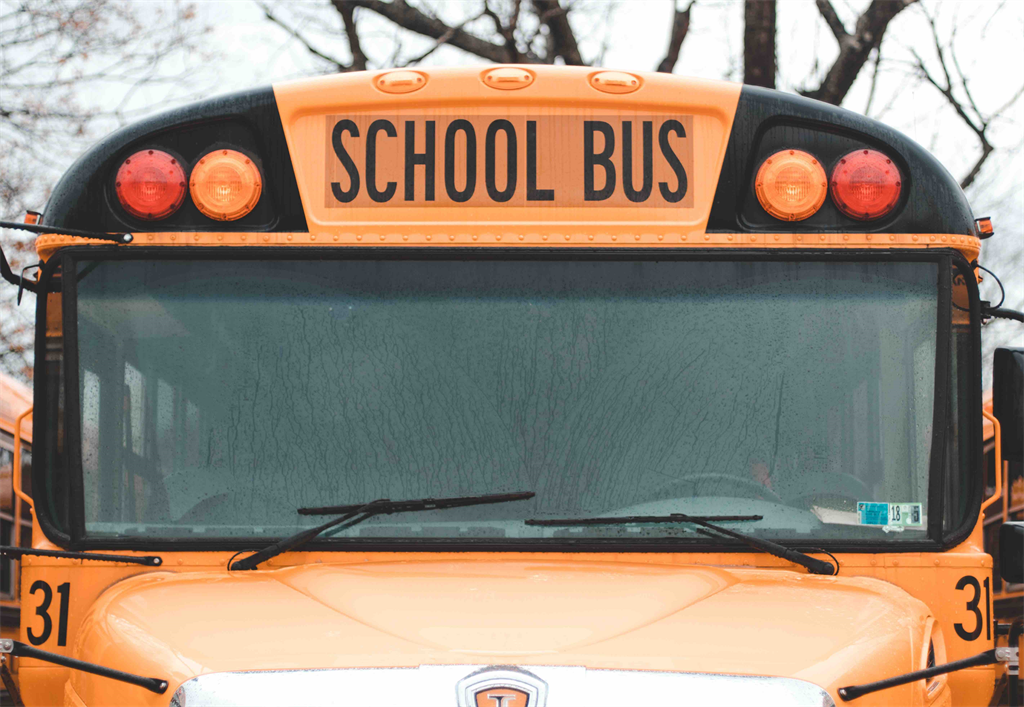 Most everyone has probably been driving behind a school bus when it stops and puts its red flashing lights on. When this happens, all other drivers on the road are supposed to stop, but sometimes one car in a hurry blows by the school bus while the children are exiting the vehicle. This is extremely dangerous for all parties involved.
Most everyone has probably been driving behind a school bus when it stops and puts its red flashing lights on. When this happens, all other drivers on the road are supposed to stop, but sometimes one car in a hurry blows by the school bus while the children are exiting the vehicle. This is extremely dangerous for all parties involved.
With school starting, it is a good time to remind ourselves of the laws surrounding school buses, safety, and how we can keep ourselves and the children riding the buses safer. Whether your child rides a school bus or not, it is important to know important safety tips for driving around school buses.
There are many techniques you can implement in your own driving to be safer around a school bus. Some of these include:
- Keep Your Distance: While you should never ride too close to another driver on the road, it is especially true when it comes to a school bus. School buses are large vehicles that can obstruct your view of others on the road. The bus driver also has a large blind spot, so make sure that you are an appropriate distance away.
- Slow Down: It is not uncommon for a school bus to move more slowly than the posted speed limit. This reduced speed is due in part to the safety of the children on board and the frequency of stops a bus might have to make. You should always follow the speed limit, but around school buses, be extra conscious of your speed and even reduce your speed in some instances.
- Know the Laws: School buses are required to follow the rules of the road like other motorists, but are often subject to additional laws. For example, a school bus is required to stop at a railroad crossing at all times, not just when the barrier arm is lowered. This might seem like an inconvenience to you, but knowing the bus in front of you is going to stop can reduce your chance of an accident or other driving issue.
At the end of the day, a school bus is transporting children to and from school. Washington law is specific in stating when an approaching vehicle must stop for a school bus. There are certain exceptions to this rule (driving on a divided highway, etc.) but for the most part, it is best to stop when you see a school bus stopping and letting off children.
No one wants to think about being in an accident or their child being injured on a school bus. Unfortunately, there is always a possibility of an accident and injury occurring. The personal injury attorneys at Pivotal Law Group are here to help you in the event of an injury or accident involving a school bus. We know that injuries and accidents can be devastating and want to help you explore your legal options for recovery. Contact us today for a consultation.
(image courtesy of Austin Pacheco)
Permalink to this entry
Posted Friday, August 16, 2019 by
Chris Thayer
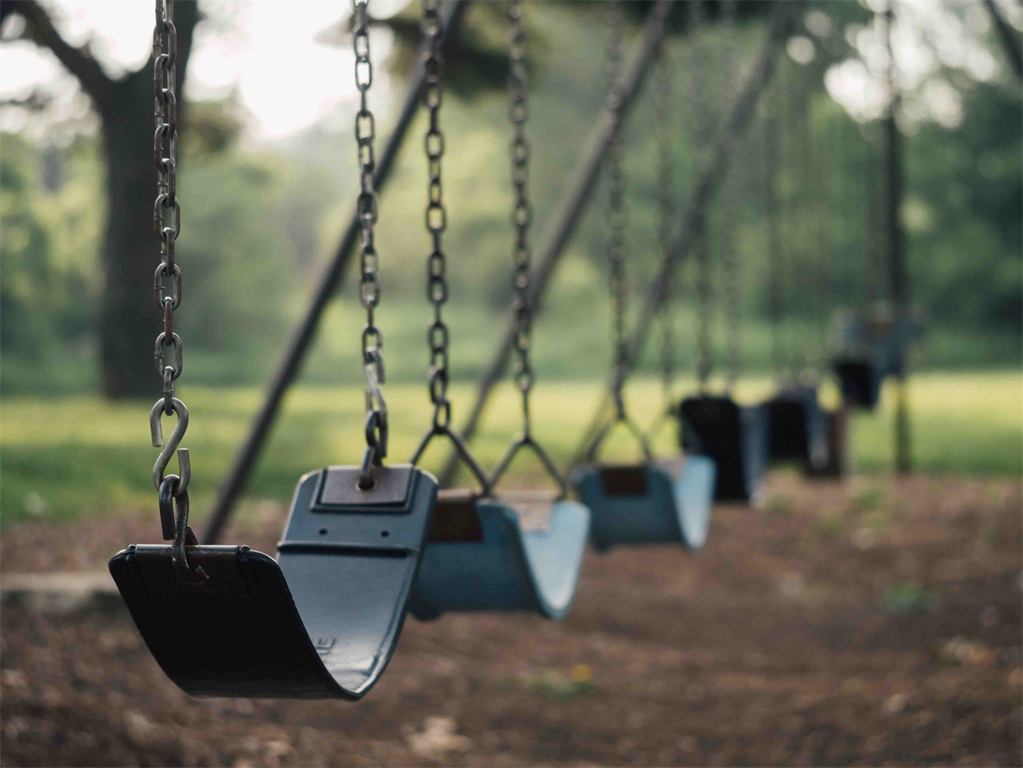 All across the country children are preparing to start the new school year. If you ask children, it is not surprising for them to say that recess or other types of outdoor activities are their favorite part about going to school. Recess and free time give children the opportunity to stretch their legs, take a mental break, and be more attentive in the classroom. As much fun as the playground holds for children, there are certain risks and injuries of which parents and caretakers need to be aware. It is not uncommon for children to fall down and be injured when playing on a playground, and it is important to know the proper steps to take following that injury.
All across the country children are preparing to start the new school year. If you ask children, it is not surprising for them to say that recess or other types of outdoor activities are their favorite part about going to school. Recess and free time give children the opportunity to stretch their legs, take a mental break, and be more attentive in the classroom. As much fun as the playground holds for children, there are certain risks and injuries of which parents and caretakers need to be aware. It is not uncommon for children to fall down and be injured when playing on a playground, and it is important to know the proper steps to take following that injury.
A study by the Center for Disease Control estimates that nearly 200,000 children under the age of 14 across the country are treated in emergency rooms for injuries sustained on the playground each year. Additionally, children ages 5 to 9 have the highest rate of emergency room visits. Within this age group, their injuries usually occur at school, not on public playgrounds. Common types of injuries that are sustained on playgrounds include:
- Cuts, scrapes, and bruises
- Concussions and other head injuries
- Fractured or broken bones
- Back injuries
- Joint dislocation
- Traumatic brain injury (TBI)
Whether an injury is serious or minor, no parent wants to hear that a child has been injured. When a child is injured at school on the playground, this can be especially difficult because you are entrusting the school, the child’s teacher, and other supervisory staff to keep your child safe during school hours. Yes, accidents do happen, but that does not mean that the responsible parties cannot be held liable for their part in causing your child’s injury. A personal injury suit can be an avenue for the injured child and his or her parents to seek recovery for injuries sustained on the playground due to the school’s negligence. The following are common parties to a personal injury suits when a child has been injured on the playground:
- The school or school district
- Manufacturer of the playground equipment
- Individuals who failed to supervise the playground
The personal injury attorneys at Pivotal Law Group are here to help you if your child has been injured on the playground at school. As a parent, you expect the school and its staff to keep your child safe. When your child is injured and it can be traced back to the actions, or inactions, of someone with the responsibility to provide a safe environment, that person must be held accountable. An injury’s reach goes beyond the purely physical; medical bills, lost wages for a parent taking time off of work, and emotional trauma are just a few of the damages that might be available in a personal injury suit. Contact us today for a consultation.
(image courtesy of Aaron Burden)
Permalink to this entry
Posted Friday, August 9, 2019 by
Chris Thayer
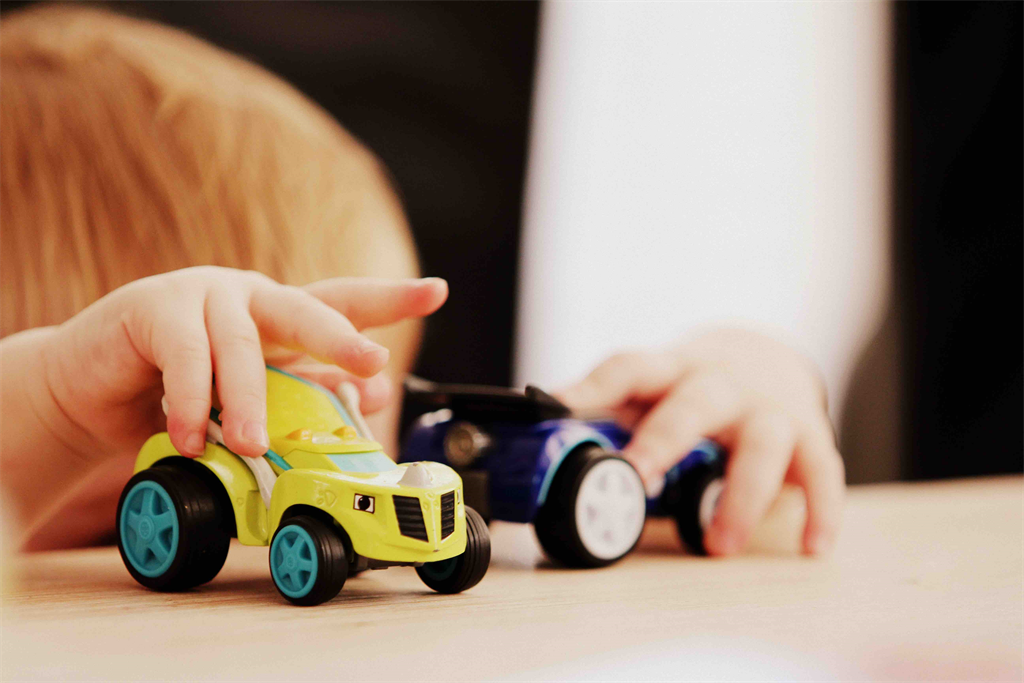 Do you remember the day you got your license? For most people it was an exciting time — another step toward independence and really experiencing some freedom for the first time. Driving yourself around without having to rely on another person is an exhilarating thought for most young drivers. As exciting as it can be to obtain a driver’s license, there are also serious safety risks that are commonly associated with teen drivers. When you are young, you feel invincible. Automobiles will quickly show you that no one is invincible and anyone can be injured in an auto accident at any time.
Do you remember the day you got your license? For most people it was an exciting time — another step toward independence and really experiencing some freedom for the first time. Driving yourself around without having to rely on another person is an exhilarating thought for most young drivers. As exciting as it can be to obtain a driver’s license, there are also serious safety risks that are commonly associated with teen drivers. When you are young, you feel invincible. Automobiles will quickly show you that no one is invincible and anyone can be injured in an auto accident at any time.
There are common risks and dangers commonly associated with teen drivers. One of the biggest dangers for teens is distracted driving. This is a prevalent issue among all drivers, but teen drivers are especially prone to this behavior. Young drivers might be tempted to have a bunch of friends in the car, send a text message while driving, excessively talk on the phone, fiddle with the radio, or otherwise have their minds on things other than driving. Any distraction can be costly on the roadways. Taking your eyes off of the road, even just for a few seconds, can drastically alter your chances of being involved in a car accident. Distracted driving is not the only issue that plagues teen drives, but one of the more common. Other behaviors include speeding, not following the rules of the road, or even driving after consuming alcohol.
*Restrictions for Teen Drivers*In an effort to combat the dangers and risks that can be associated with teen driving, the state of Washington does have restrictions on teen drivers. These restrictions include:
- No cellphone use: While no should be using a cellphone while driving, new drivers are prohibited from using a cellphone, unless there is an emergency, until the age of 18.
- Passengers: Passengers under the age of 20 are not allowed in a new driver’s vehicle for the first six months after obtaining a license. Following this six-month period is another six months during which no more than three passengers under the age of 20 can be in the vehicle. This does not apply to immediate family members.
- Driving Hours: A new teen driver is not permitted to drive between the hours of 1 a.m. and 5 a.m. for the first 12 months after obtaining a license. There are two exceptions to this rule. The driver can be accompanied by another licensed driver over the age of 25 or can be under the supervision of a farmer if assisting with transporting agricultural products.
Even while knowing the risks, taking actions to prevent accidents, and following new driver restrictions, accidents still happen and people get injured. If your teen has been injured in an accident or you have been injured by a teen driver, contact the experienced personal injury attorneys at Pivotal Law Group. Recovering from an accident and injuries can be difficult. We want to help you explore your legal options and obtain the most favorable relief possible under the circumstances. Contact us today for a consultation.
(image courtesy of Sandy Millar)
Permalink to this entry
Posted Friday, August 2, 2019 by
Chris Thayer
 Being involved in a car accident can be traumatic. Not only was your day interrupted by an unexpected accident, but you are left dealing with the aftermath that could include serious injuries and property damage. The moments after a car crash can feel overwhelming, but it is important to be aware of what needs to be done in order to ensure your future success in pursuing compensation for your injuries.
Being involved in a car accident can be traumatic. Not only was your day interrupted by an unexpected accident, but you are left dealing with the aftermath that could include serious injuries and property damage. The moments after a car crash can feel overwhelming, but it is important to be aware of what needs to be done in order to ensure your future success in pursuing compensation for your injuries.
If you have been involved in a car accident in Washington, there are a variety of tasks that must be completed immediately afterward. If the proper protocols and procedures are followed, you are in better shape than others to recoup damages sustained through a personal injury suit.
Reporting the Crash
It is imperative that a report be made of the car accident. In many situations, law enforcement will be called to the scene of the accident, investigate the site, and make a report of their preliminary findings. In these instances, it is not necessary for either party involved in the accident to make an independent report. However, if the police are not present at the scene of the accident, you must report the accident to the proper authorities. Each party to the accident must make a report of the accident. You only have a four-day window to file this accident report. Reports are available at your local sheriff office or police station.
*Driving Records*Each party’s driving history will be reported on in the accident. This information is not used to determine who is at fault for the accident. The Washington State Department of Licensing attacheds relevant records to accident reports. Usually, these records refer to when a driver was involved in an accident in which serious injuries were sustained.
*Damages*After an accident, most people are concerned with recouping the damages that they have suffered as a result of another driver’s negligence. The state of Washington has specific auto insurance requirements for drivers, but not everyone has insurance. If the other driver in the accident does not have insurance, there are other avenues that victims can take to recover damages, such as making a claim to the Department of Licensing.
Another option to recover damages is to seek compensation through a personal injury suit. In a personal injury suit, a claimant can recover damages that were caused because of the other driver’s negligence. If you are interested in pursuing a personal injury suit, it is best to contact a personal injury attorney to handle your claim.
The personal injury attorneys at Pivotal Law Group are here to help you following a car accident. We know it can be overwhelming to deal with the aftermath of a car accident, and we want to take away some of those overwhelming feelings by guiding you through the personal injury claim procedure. The damages that can be incurred from a car accident can be substantial. We want to help you recover the damages appropriate under the circumstances so that you can recover as quickly as possible. Contact us today for a consultation.
(image courtesy of Lucas Quintana)
Permalink to this entry
Posted Friday, July 26, 2019 by
Chris Thayer
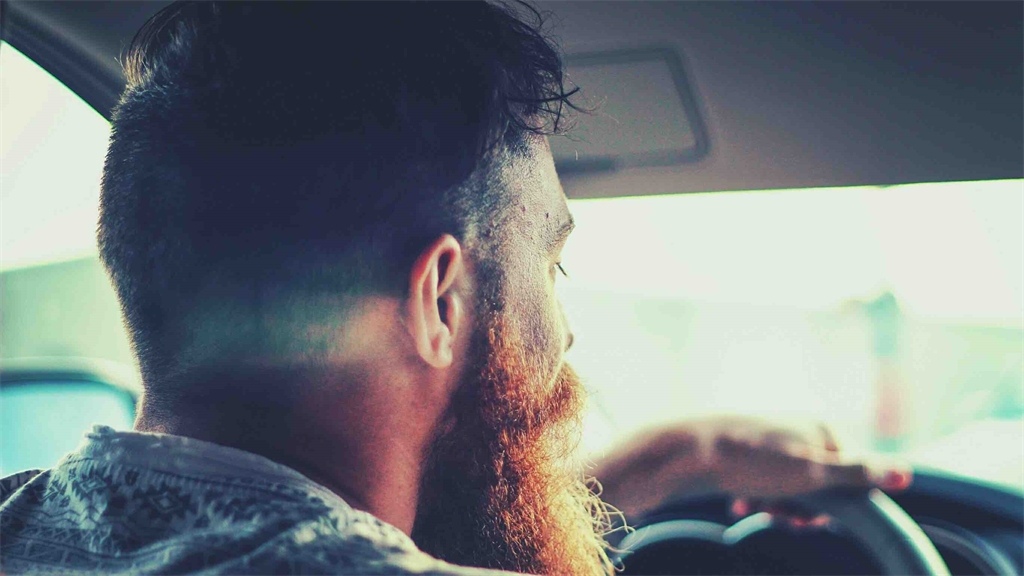 We are in the midst of the height of the “gig” economy. Individuals are taking on second jobs, or gigs, that they are able to fit into their schedule to earn a little extra money. One of the biggest influxes in this so called gig economy was the introduction of rideshare applications available on any smartphone. Companies like Uber and Lyft offer the ability for a person to summon a driver to their location via smartphone and transport them somewhere else. Uber and Lyft offer a solution to those who need an affordable ride, but otherwise have no means of transport.
We are in the midst of the height of the “gig” economy. Individuals are taking on second jobs, or gigs, that they are able to fit into their schedule to earn a little extra money. One of the biggest influxes in this so called gig economy was the introduction of rideshare applications available on any smartphone. Companies like Uber and Lyft offer the ability for a person to summon a driver to their location via smartphone and transport them somewhere else. Uber and Lyft offer a solution to those who need an affordable ride, but otherwise have no means of transport.
Even though taking an Uber or Lyft is convenient, there are still some concerns about rideshare companies, the drivers employed, and the liability the drivers or companies have for the safety of passengers. Rideshare companies often identify as technology companies rather than transportation companies. Additionally, drivers are usually independent contractors of the rideshare company, rather than employees. Because of these distinctions there can be issues that arise if an accident occurs in an Uber or Lyft vehicle.
Since their creation, Uber and Lyft have stated that they have a $1 million insurance policy that is supposed to cover damages or injuries that occur. While this may be true, there are still some caveats that determine when Uber, Lyft, or another rideshare company’s policies are in effect. There are situations in which the driver’s own personal auto policy is in effect and when the rideshare’s policy can be used:
- Personal Insurance: A driver who does not have the Lyft or Uber app open on his or her phone is subject to that driver’s own personal insurance. A driver who has the Lyft or Uber app open on his or her phone and is looking for passengers is still only covered by his or her own personal insurance.
- Rideshare Insurance: Rideshare insurance does not kick in until a driver has accepted a ride and is on the way to pick up the passenger, or the passenger is in the car being transported. When the passenger is dropped off, the rideshare insurance coverage ends.
Drivers are required to carry, at a minimum, the auto insurance required by the state of Washington:
- $25,000 for bodily injury or death of one person
- $50,000 for bodily injury or death of more than one person
- $10,000 for property damage
While the above might seem like this is adequate insurance coverage, either through the driver or rideshare insurance, there are still some issues. Other motorists, pedestrians, and bicyclists are subject to the same rules regarding rideshare insurance applicability – it is not just the passengers using the service. The driver’s owner personal policy might not be enough to cover the damages you have sustained when the rideshare app’s insurance is not applicable.
The personal injury attorneys at Pivotal Law Group are here to help you if you have been injured using a rideshare service. We know it can be confusing determining liability and holding the right parties accountable. Let us help you sort through that. Contact us today for a consultation.
(image courtesy of Abdiel Ibarra)
Permalink to this entry
 Most everyone has probably been driving behind a school bus when it stops and puts its red flashing lights on. When this happens, all other drivers on the road are supposed to stop, but sometimes one car in a hurry blows by the school bus while the children are exiting the vehicle. This is extremely dangerous for all parties involved.
Most everyone has probably been driving behind a school bus when it stops and puts its red flashing lights on. When this happens, all other drivers on the road are supposed to stop, but sometimes one car in a hurry blows by the school bus while the children are exiting the vehicle. This is extremely dangerous for all parties involved. 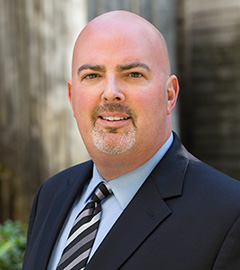
 All across the country children are preparing to start the new school year. If you ask children, it is not surprising for them to say that recess or other types of outdoor activities are their favorite part about going to school. Recess and free time give children the opportunity to stretch their legs, take a mental break, and be more attentive in the classroom. As much fun as the playground holds for children, there are certain risks and injuries of which parents and caretakers need to be aware. It is not uncommon for children to fall down and be injured when playing on a playground, and it is important to know the proper steps to take following that injury.
All across the country children are preparing to start the new school year. If you ask children, it is not surprising for them to say that recess or other types of outdoor activities are their favorite part about going to school. Recess and free time give children the opportunity to stretch their legs, take a mental break, and be more attentive in the classroom. As much fun as the playground holds for children, there are certain risks and injuries of which parents and caretakers need to be aware. It is not uncommon for children to fall down and be injured when playing on a playground, and it is important to know the proper steps to take following that injury. Do you remember the day you got your license? For most people it was an exciting time — another step toward independence and really experiencing some freedom for the first time. Driving yourself around without having to rely on another person is an exhilarating thought for most young drivers. As exciting as it can be to obtain a driver’s license, there are also serious safety risks that are commonly associated with teen drivers. When you are young, you feel invincible. Automobiles will quickly show you that no one is invincible and anyone can be injured in an auto accident at any time.
Do you remember the day you got your license? For most people it was an exciting time — another step toward independence and really experiencing some freedom for the first time. Driving yourself around without having to rely on another person is an exhilarating thought for most young drivers. As exciting as it can be to obtain a driver’s license, there are also serious safety risks that are commonly associated with teen drivers. When you are young, you feel invincible. Automobiles will quickly show you that no one is invincible and anyone can be injured in an auto accident at any time. Being involved in a car accident can be traumatic. Not only was your day interrupted by an unexpected accident, but you are left dealing with the aftermath that could include serious injuries and property damage. The moments after a car crash can feel overwhelming, but it is important to be aware of what needs to be done in order to ensure your future success in pursuing compensation for your injuries.
Being involved in a car accident can be traumatic. Not only was your day interrupted by an unexpected accident, but you are left dealing with the aftermath that could include serious injuries and property damage. The moments after a car crash can feel overwhelming, but it is important to be aware of what needs to be done in order to ensure your future success in pursuing compensation for your injuries.  We are in the midst of the height of the “gig” economy. Individuals are taking on second jobs, or gigs, that they are able to fit into their schedule to earn a little extra money. One of the biggest influxes in this so called gig economy was the introduction of rideshare applications available on any smartphone. Companies like Uber and Lyft offer the ability for a person to summon a driver to their location via smartphone and transport them somewhere else. Uber and Lyft offer a solution to those who need an affordable ride, but otherwise have no means of transport.
We are in the midst of the height of the “gig” economy. Individuals are taking on second jobs, or gigs, that they are able to fit into their schedule to earn a little extra money. One of the biggest influxes in this so called gig economy was the introduction of rideshare applications available on any smartphone. Companies like Uber and Lyft offer the ability for a person to summon a driver to their location via smartphone and transport them somewhere else. Uber and Lyft offer a solution to those who need an affordable ride, but otherwise have no means of transport.